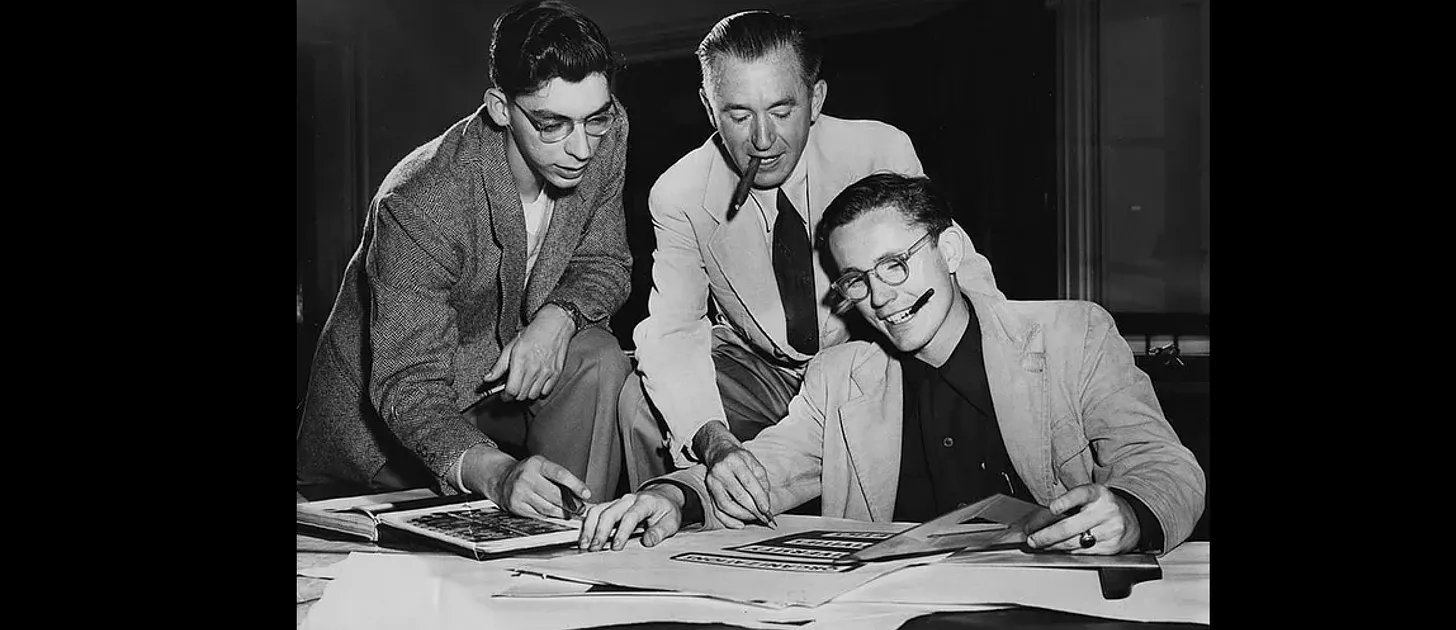“By profession, I am a designer, and I am proud to be called that. But I do feel the need to continually attempt to expand what others think a designer is.”
In the early 1990s, soon after I joined VSA Partners in Chicago, founder Bob Vogele dropped a large box of his papers on my desk.
It was background material for an exhibition of his career at the University of Illinois I-Space gallery. He was a distinguished alumnus; I was a recent graduate and an eager-to-learn new designer at his firm.







